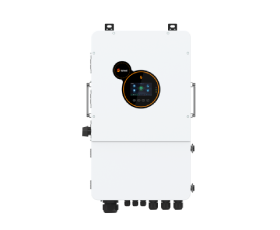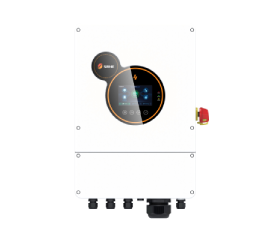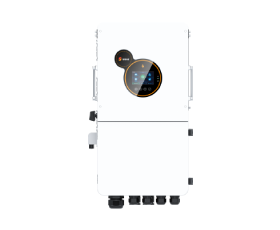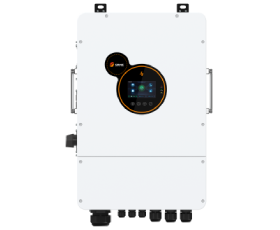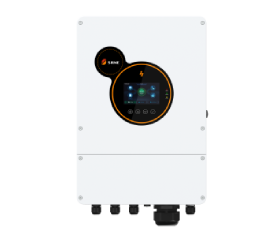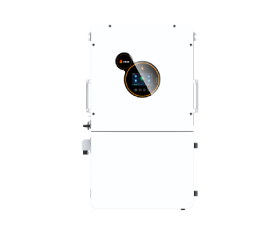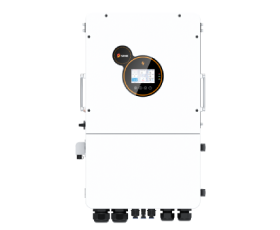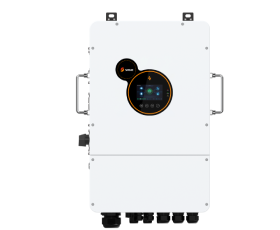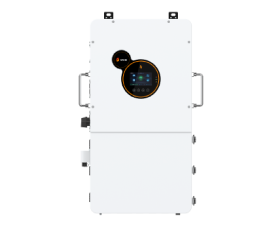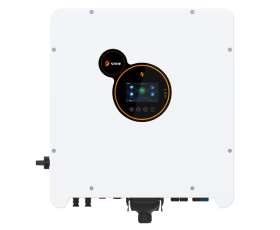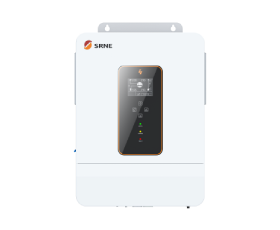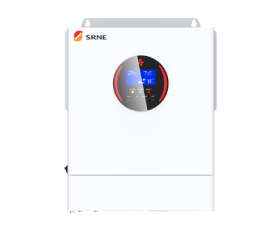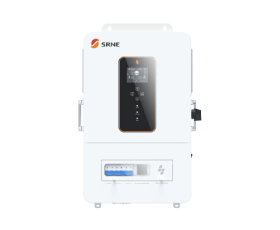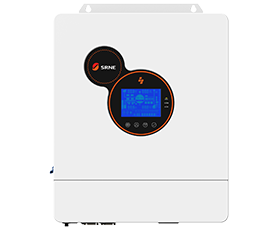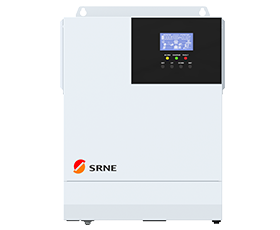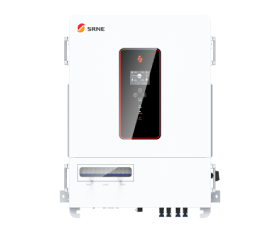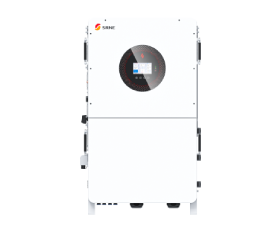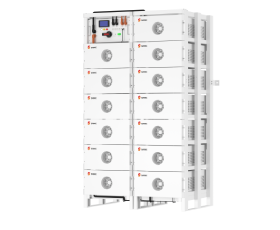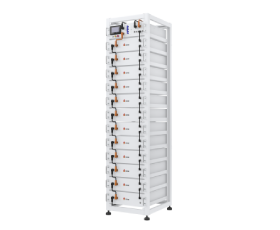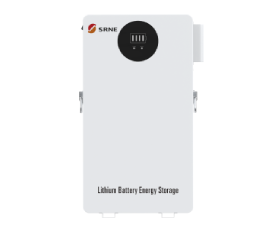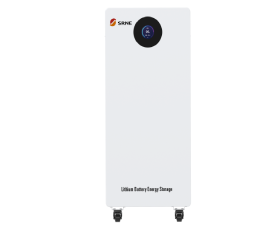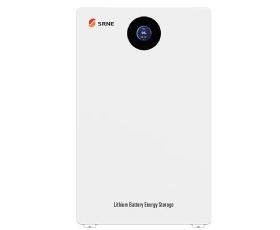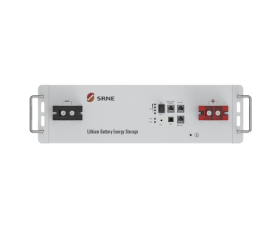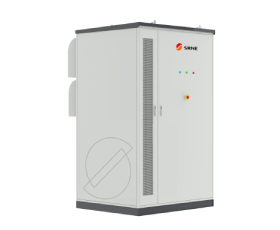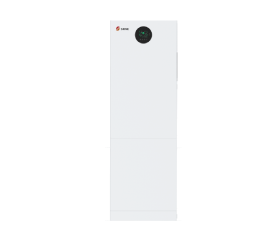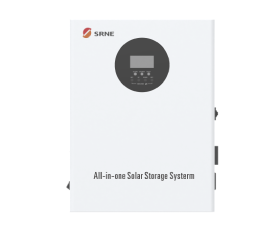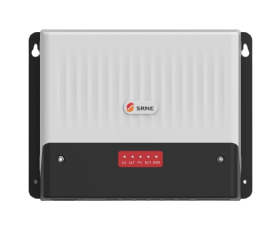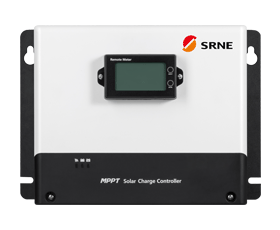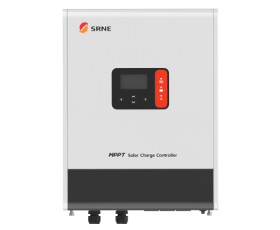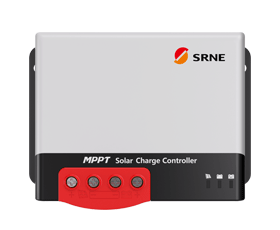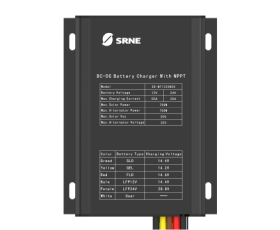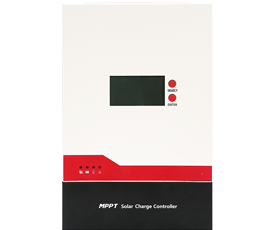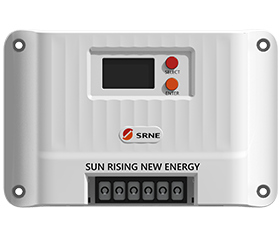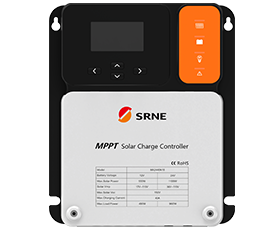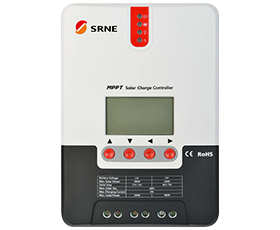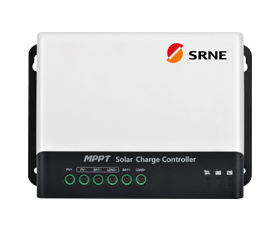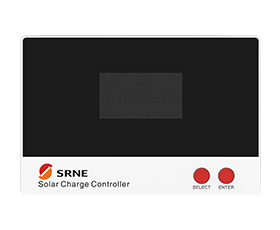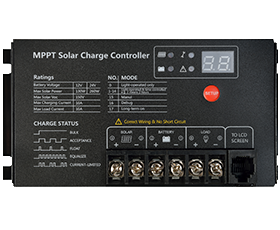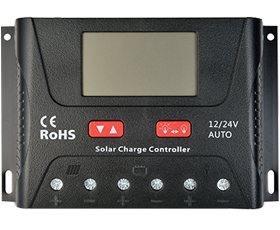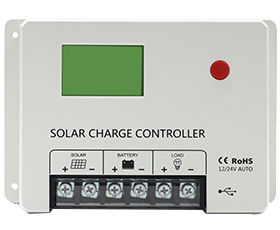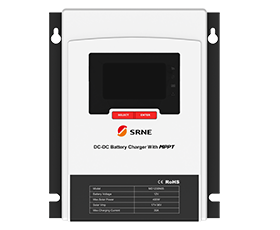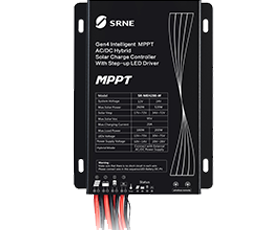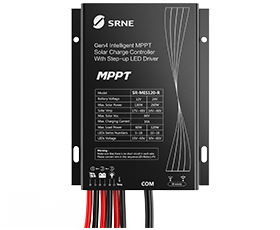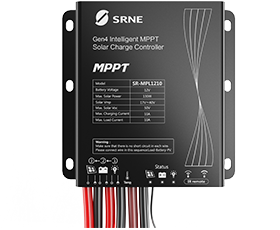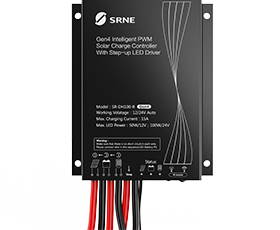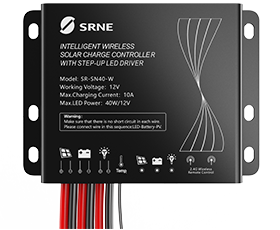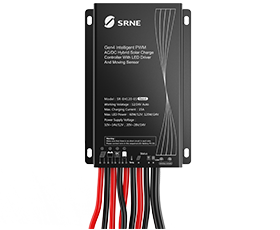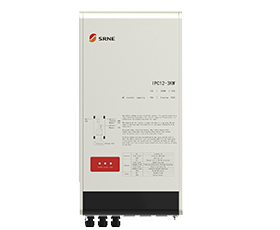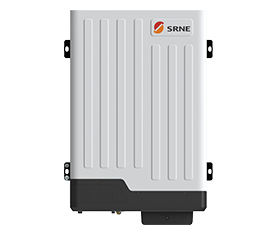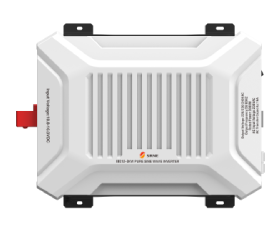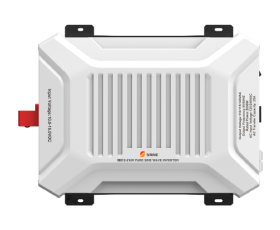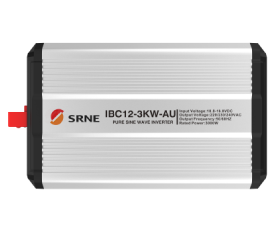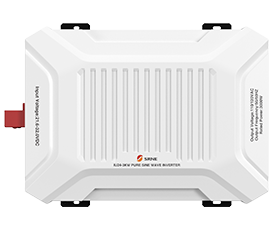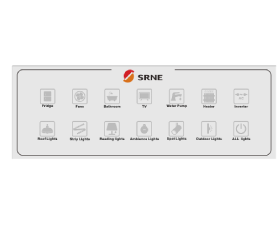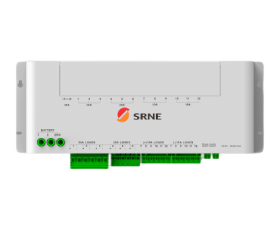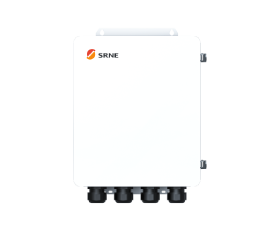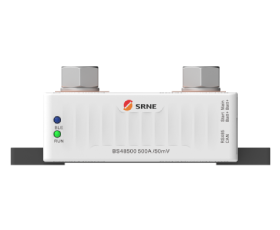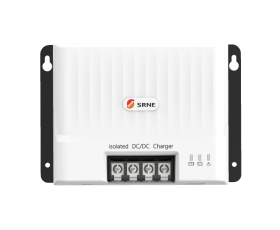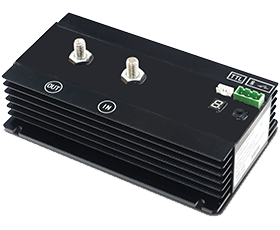What's hybrid solar system?
Hybrid solar systems have the characteristics of both off-grid solar systems and grid-tied solar systems, meaning they have energy storage systems that can serve as emergency reserves, and can also feed excess electricity back into the grid.
What‘s Off-Grid?
As the name suggests, an off-grid solar system is a power supply system that can operate independently of the grid. An off-grid solar system consists of solar panels, batteries, off-grid inverters, and loads. Typically, off-grid inverters also support the connection to the grid or generator to supplement power if you want.
Are there any considerations for maximizing the lifespan of a battery with a 6000 cycle life?
Yes, there are a few considerations to optimize the lifespan of a battery with a 6000 cycle life:
- Avoid deep discharges: Minimize discharging the battery to very low levels, as frequent deep discharges can shorten its lifespan.
- Temperature management: Operate and store the battery within the recommended temperature range, as extreme temperatures can impact battery performance and longevity.
- Appropriate charging: Follow the manufacturer's guidelines for charging the battery to avoid overcharging or undercharging, which can affect its lifespan.
- Regular maintenance: Periodically check and maintain the battery according to the manufacturer's recommendations, including cleaning terminals and ensuring proper ventilation if applicable.
Why the deeper the depth of discharge, the less battery capacity and cycle life?
During the charging process of lithium-ion batteries, Li+ is released from the positive electrode and then inserted into the negative electrode, and the discharge process is just the opposite. During the process of Li+intercalation and extraction, the positive and negative electrode materials will cause the volume change of the positive and negative electrode materials, and there is a close relationship between the volume change of the positive and negative electrode materials and the SoC of the battery. After cycling, the positive electrode material has a large amount of pulverization and fragmentation, and the capacity loss of the battery is mainly due to the loss of active lithium. Therefore, different charge and discharge depths will have a significant impact on the cycle life of the battery.
To put it simply: deep discharge will cause the loss of active lithium, resulting in the attenuation of battery capacity.
Under what circumstances would you choose a lead-acid battery instead of a lithium battery?
Newly developed regions will recycle old lead-acid batteries from developed countries and refurbish them at a very low cost
• For some energy storage power stations with extreme safety requirements, the risk of mature lead-acid battery technology is more controllable
• The project operation period is relatively short, and the cost of using lead-acid is lower in comprehensive evaluation
• Only as a backup UPS, long-term shallow circulation state, comprehensive evaluation of the use of lead-acid lower cost
• But generally speaking, it is a general trend for lithium batteries to replace lead-acid
Differences between high voltage and high voltage inverter in usage scenarios
Under the same configuration and load conditions:
High voltage machine: more suitable for simultaneous AC output of photovoltaic power generation
Low-voltage machine: more suitable for simultaneous charging of photovoltaic power generation
Cause: The buck-boost circuit inside the high-voltage machine and low-voltage machine
Different, the high-voltage machine has high loading efficiency, and the low-voltage machine has high charging efficiency
Off-Grid
The solar off-grid power generation system uses photovoltaic modules to collect and process electrical energy and store it in a battery bank, from which electricity is then drawn when in use. It is mainly used in remote and isolated rural areas, pastoral areas, islands, deserts and border guard posts where the public grid is difficult to cover, to provide basic electricity for lighting, TV and radio, as well as in communication base stations, highway monitoring and weather stations.




















